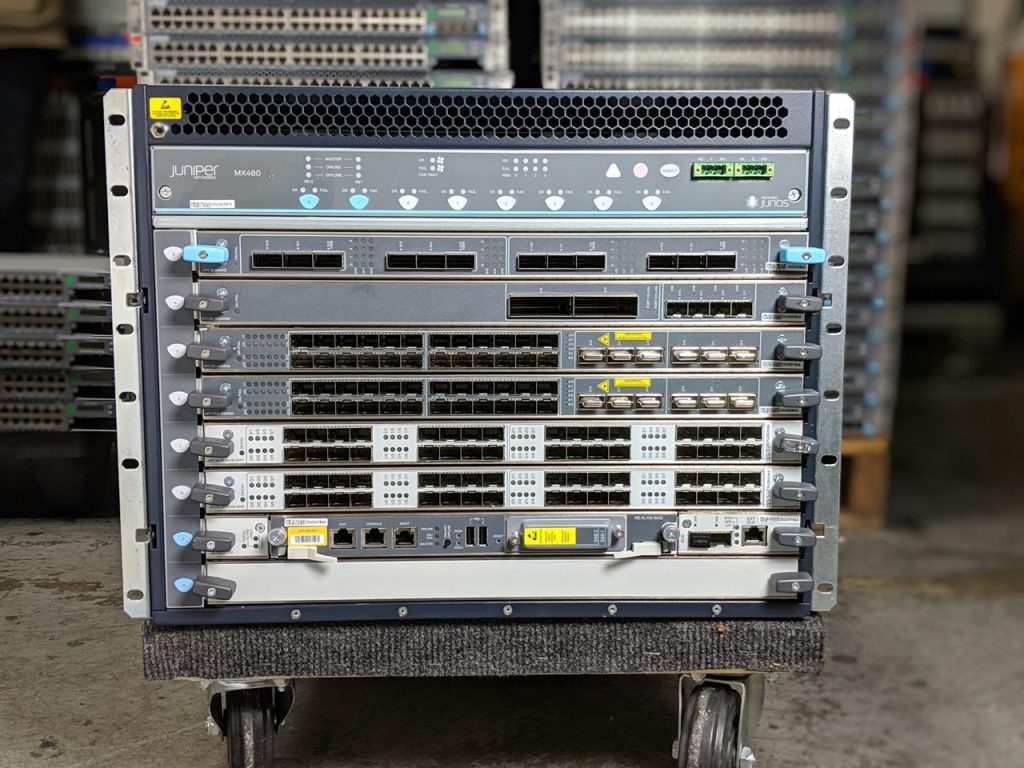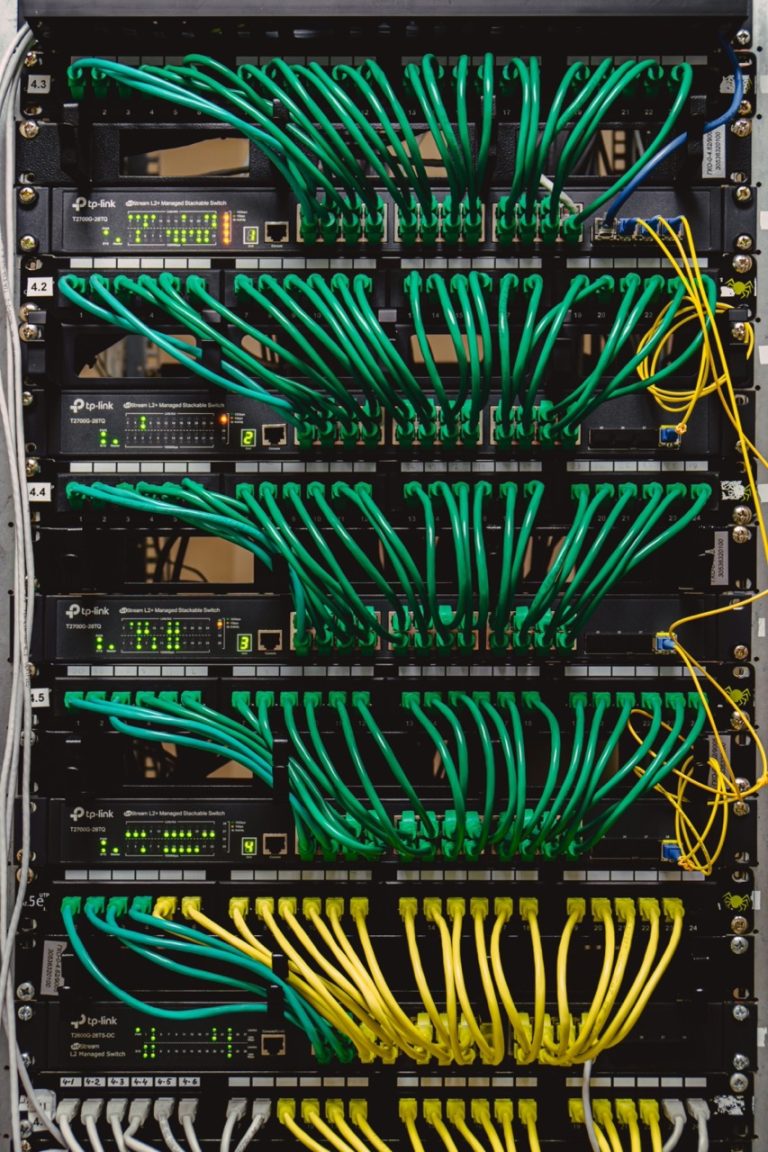
1. An overview of the concept of dark stores
In today’s rapidly changing retail world, however, dark stores are no fleeting trend — they are, on the other hand, a key business strategy for online shopping-committed firms, and location analytics plays a decisive role in making them work. At Celadonsoft, where we’re working with major retailers and logistics companies, we’ve come to appreciate just how crucial it is to come to terms with exactly how and what dark stores are and how much they contribute to someone who is going through digital transformation https://celadonsoft.com/solutions/food-delivery-app-development-services.
So, what is a dark store, exactly?
In simple terms, a dark store is an online-order-only facility. It’s not meant for customers to come and shop like a normal store. Dark stores are not your neighborhood retail outlet, but instead “hidden” nodes on the logistics network that speed up delivery and make it more efficient.
Here is what makes them special:
- No storefronts or display areas — no customers enter
- Internet orders only, no sales from our stores
- Strategically located in places of strong demand and superior logistic accessibility
- Complete integration with inventory and order management systems
All this cumulatively reduces the time between an order being “placed” and “delivered” by a significant extent.

Why such an emphasis on dark stores today?
Above all else, retail is being revolutionized by online expansion. Worldwide online sales crossed $5 trillion for 2023 and hasn’t looked back. For business, it means digital channels themselves are no longer sufficient — support infrastructure on the back-end needs to equally have razor-sharp and efficient precision.
Dark stores are so much more than mere warehouses. They’re technology centers where:
- Both the picking and packing operations proceed concurrently smoothly
- Advanced algorithms and automation maintain inventory levels at equilibrium
- Artificial Intelligence systems forecast the items to be delivered and map out delivery paths optimally
What is the implication of dark stores for IT professionals?
- Scalability is paramount. The logistics side can adapt and expand when orders accumulate.
- Tech-built. Cloud APIs and cloud services form the foundation, so these stores are robust and adaptable.
- Instant data is king. Up-to-date data facilitates rapid decision making and smooth operations.
- Increased customer satisfaction. Faster deliveries and accurate orders make customers more satisfied.
| Feature | Traditional store | Dark store |
| Walk-in access | Yes | No |
| Processes online orders | Partially | Fully |
| Degree of integration of AI | Limited | High / extensive |
| Processing time for orders | Longer | Minimal |
| Logistics optimization | Basic | Highly optimized |
In summary, dark stores are a suitable solution for today’s day-to-day e-commerce needs. For Celadonsoft IT professionals, architecture offers possibilities for developing intelligent management software, utilizing cutting-edge AI, and building secure and scalable infrastructure. Getting it right on these ground rules is the starting point for embracing innovation and business expansion in today’s digital economy. We’ll next examine how AI supports gap and dark store expansion management.
3. Challenge of underserved populations
In spite of enormous demand and explosive expansion within the dark store retail business, only a sole fundamental issue — underserved locations — exists. These are places wherein speedy delivery and large coverage elude firms, and these form a wide spectrum of issues and limitations.
What are “underserved areas” to begin with? In short, they are geographic zones which, for one reason or another, lie beyond the coverage of dark store logistics networks. Numerous are the reasons, and the following are the principal ones that we discern:
- No infrastructure — no warehouses and distribution points are available within these areas.
- Low population density — it is normally financially unsustainable to maintain active operations in low-density regions.
- Inaccessible terrain — natural and/or administrative impediments preventing and/or making logistics challenging and expensive.
- Regulatory constraint — local laws or administrative systems limiting rapid network expansion.
Under-served areas for ecommerce and logistics firms are genuine constraints and losses. Their impacts on company business strategies are:
- Reduced competitiveness. An organization that is unable to cover significant geographical areas loses some portion of its target market to competitors with better coverage.
- Increased operating costs. Expansion into these markets requires investment either in infrastructure or other delivery systems.
- Scaling difficulties. Lack of proper vision and extensive research of less-reached regions, corporate expansion becomes risky due to each new region potentially having unknown difficulties.
We at Celadonsoft find success of dark stores to hinge on thorough understanding and appropriate targeting of such untapped markets. Location analytics provides the granular insight needed to create more adaptive, responsive business models for reducing spend and risk. It’s important to stress: underserved areas are not just problems but also prospects for new tech solutions and innovations. With smart utilization of data and modern analytics, it’s possible for operators to discover “white spots” on the map and to elaborate strategies for covering them first. Exactly this problem will be our next subject, and we’ll talk about AI’s role in solving coverage issues.
4. Data Analysis Artificial Intelligence Technologies
Dark stores today are no longer mere warehouses set up for rapid order fulfillment. They are future stores operated by intelligent solutions, with artificial intelligence being the driving force behind smooth handling and expansion. At Celadonsoft, with our state-of-the-art machine learning models, we firmly feel it just isn’t possible without AI to identify and optimize unseen areas — areas overlooked by traditional methods.
4.1 Machine learning models and their applications: Basics
Machine learning has also advanced well beyond university laboratories and formed a solid base for commercial deployment. In dark stores, different models perform different duties:
- Models for classification are utilized to select potential locations for new dark stores based on several parameters: people’s purchasing behavior, population density, infrastructure, and competition.
- Regression models forecast levels of demand for unserved geographical areas, which help with new location economic viability calculations.
- Clustering groups similar neighborhoods together, facilitating easier scaling and resource planning.
- Neural networks and deep learning study complex patterns of variables — for example, seasonal variations in demand — from a broad variety of sources such as transport logistics, weather forecasting, and social media.

4.2 How does AI help identify underserved areas
Large-area big data analytics is predominantly the detection of underserved areas and conventional methods are inaccurate for it. AI enters with such attributes like:
- Automatic collection and processing from public and private sources, i.e., economics, demographics, user ratings, and statistics on competitors.
- Forecasts based on underlying relationships and trends hard for humans and simple analytical tools to discern.
- Creation and visualization of heatmaps of high-potential areas, aiding strategic and operational decision-making.
- Updates the model adaptively whenever new data arrives, making analytics current and precise in real time.
Equally important is technology integration with warehouse and logistics systems of AI — allowing for identification of unserved areas, as well as speedy response for expansion of these dark stores with maximum profitability. In every stage, location analytics serves as the compass aligning strategic choices with on-the-ground realities.
We at Celadonsoft develop products which not only “search” for new markets, but empower enterprises to deeply and wisely understand markets with rich analytics. It is only then that hidden white spaces become networks of strategic places, leaving behind competition and establishing lasting benefits.
5. Examples of practical applications of AI for dark stores
From theory to practice, we can look at specific instances where AI has driven large-scale expansion of dark stores.
5.1 Examples of businesses leveraging AI for expansion
- AlphaDelivery: forecasting is done with regression models and neural networks. Effect — forecasted order levels for expansion regions were enhanced by 25 %, decreased expenses by 15 %, and enhanced customer satisfaction.
- Logistics startup QuickStore: utilized clustering and big data analytics with help from Celadonsoft, and identified hidden areas with huge potential. Coverage grew by 30 % and delivery times shrank by some 20 % within the first quarter of its launch.
- MegaMart grocery chain: integrated shipping and CRM systems with AI to dynamically optimize routing and allocate stocks among dark stores, allowing it to expand into new untapped markets and minimize losses from warehouses.
5.2 Influence of AI on decision-making and strategic planning
Dark store expansion processes are redesigned with help from AI so data-driven, nimble, and scalable expansion can drive alignment of operational reality with shifting market demand.
6. Limitations and challenges of adopting AI
Implementation of artificial intelligence within dark stores’ expansion processes can be thrilling and daunting. Despite evident advantages pertaining to huge data processing and pinpointing underserved areas, however, there are certain problems which cannot be overlooked. Celadonsoft identifies the following as key factors deserving special attention:
- Ethical and data privacy concerns. AI systems require enormous amounts of users and geography data, often including personal data. Such requirements need to be fulfilled with rules such as GDPR, for example, or Russian personal data protection rules. Breaking them not only destroys customer trust, and can result in huge fines and litigation.
- Barriers of data quality. Biased model outputs are caused by inaccurate, incomplete, or outdated data. This is particularly important in the context of identifying underserved areas, where mistakes translate into missed revenue or innovation opportunities at an early stage.
- Resource and technical limitations. Development, training, and maintenance of AI models need considerable processing power and time. Not all companies can invest in strong infrastructure or employ professionals with suitable skills.
- Transparency of decision making by AI. Neural networks are black boxes and it is difficult to see why a specific area was chosen for opening a dark store. This diminishes trust in algorithms and strategic explanation to shareholders and makes it increasingly difficult for management.
- Integrating with existing systems. Companies also find it difficult to integrate their existing systems, for example, legacy CRM, ERP, and logistics systems, and face compatibility and longer project durations.
7. Dark stores and artificial intelligence in the future
Gazing into the future of dark store expansion in the years to come, artificial intelligence is going to continue to function as a relentless driving force for expansion and innovation within e-business. Based on Celadonsoft’s experience and global trend research, we see several directions:
- Micromarketing and deep personalization. Artificial intelligence will not only unearth untapped markets but also predict needs and desires of customers within each market so that assortment offerings can become more tailor-made, conversion rates improved, and inventory cost minimized.
- Incorporating Automation in Logistics and Inventory. By combining IoT and robotics, AI can come together to automate dark stores, speed up order processing, and reduce errors due to human input.
- Geographic expansion based on data. Machine learning algorithms will utilize company data along with outside data — demographics, living expenses, transportation networks, seasonal variation — to facilitate rapid and effective expansion into previously uncertain markets.
- Customer interaction model evolution. Future dark stores would transform into intelligent hubs from operation centers with help from artificial intelligence for order generation, forecasting, and managing returns.
- Integrated ecosystems. With enhanced intelligent cities and digital government networks, AI will combine dark stores, transport networks, and customers to give an end-to-end experience from acquiring the product to its delivery.
Celadonsoft firmly believes that the future of dark stores relates directly to maximizing possibilities with AI and location analytics. We invest time and efforts to develop adaptive AI solutions that identify underserved markets and also learn to adapt to a company’s own position and goals. For this digital transformation and age, only leaders who can see ahead of data, combine technologies, and break difficult problems with AI can lead.
8. Conclusion
In summary, it’s clear that artificial intelligence capabilities and dark stores are no longer a fad and are revolutionizing retail and logistics at their core. We at Celadonsoft are certain this synergy is on which companies are not just adapting, but thriving dynamically within an ever-evolving digital economy.
Here are the key points on scaling dark stores with AI:
- Identifying underserved areas. Machine learning technology discovers areas of subpar logistics connectivity and needs — spots conventional analysis has yet to identify. This is especially crucial when it comes to offering complete coverage and dark store optimization.
- Automation and decision acceleration. Machine learning algorithms remove human bias and allow for a data-driven, adaptive business development strategy and rapid response to shifting markets.
- Optimization of resources. With predictive demands and strategic inventory allocation, AI lowers costs significantly and increases operational efficiency.
- Enhanced customer experience. Precise territorial coverage coupled with shorter delivery times, made possible by artificial intelligence-powered dark stores, meet customers’ needs on a whole new level.

In addition to evident advantages, companies face challenges requiring careful consideration:
- Ensuring proper data handling and compliance with privacy law.
- Complexity and expensiveness of deploying sophisticated AI systems, and requirement of skilled professionals to maintain them.
- Overfitting of models and misinterpretation of analytical findings.
For IT professionals and business leaders who manage advanced projects, we advise prioritizing:
- Ongoing improvement of algorithms based on available, up-to-date data.
- Creating end-to-end processes integrating AI and existing business models, and making them scalable and adaptable.
- Establishing measures of transparency and explainability for achieving internal and customer trust.
Celadonsoft envisions an imminent future of blended systems whereby AI is helping both operational efficiency and strategic intelligence for expansion of dark stores into unserved markets. Companies which master AI for locating and targeting unserved markets with precision gain an enormous competitive advantage.
Lastly, dark store expansion is a step higher than warehouse management or logistics. It is a new way of developing consumer ecosystems with technology leading expansion and data driving decisions. It can advance a business to an entirely different place.
If your company is considering a dark store expansion strategy, we recommend:
- Invest in customized AI models for your market data.
- Initiating pilot initiatives for field-by-field testing and developing algorithms.
- Incorporating cross-disciplinary groups for collaborative integrated data analysis and process creation.
It is only when this is accomplished that firms can look beyond following trends and leap into leadership with the next internet shopping revolution. Celadonsoft is prepared to become your partner of choice for such an occasion.r


